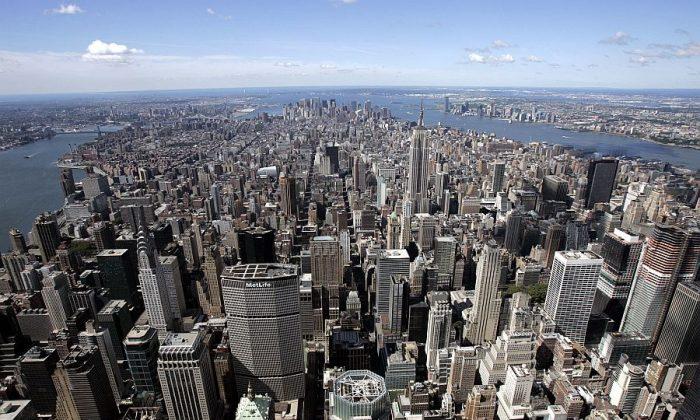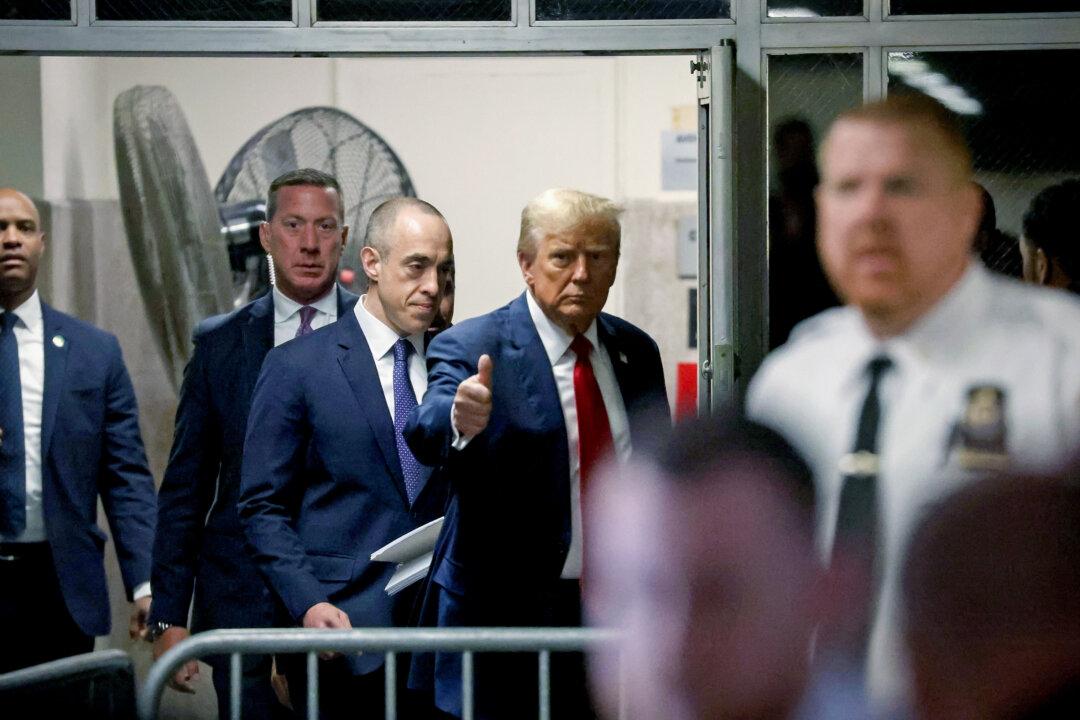The Midtown East rezoning plan will be on real estate developers’ watch list next year as the plans present an opportunity to build offices to attract world-class tenants and global firms.
According to tech leaders and developers, there is a long list of things the area is currently lacking.
At a Crain’s event last month, the overlying answer to these needs was culture, and not just for the tech industry. Office space in Midtown’s older buildings isn’t meeting the look and feel required by lifestyle brands, don’t have the flexibility tech companies want, and just isn’t economically efficient, according to a number of panelists.
“People will be forced to go to more efficient floor plates,” said Michael Phillips, COO of Jamestown Properties, at the event.
Commercial Development Trends
Commercial new development, unlike residential luxury buildings competing with each other for better amenities, has been much slower to innovate because of building reuse. But now even businesses like financial and law firms are looking to efficiency in office space to cut back on costs.
“When they can reduce attorneys per square foot and retain their ultimate ratio, they’re ultimately doing things that improve their business model because they’re under some form of pressure to remain competitive,” said Tommy Craig senior managing director of the real estate investment and development company Hines. “That’s very different from 15 years ago.”
“On the demand side of the commercial sector right now is a fundamental shift,” Craig said. “Basically the whole business model is changing and it’s a real opportunity.”
Phillips, whose firm has been active in Midtown West, added that half its mandates in the area now have open ceiling plans.
However, in Midtown East the deals are going for $40–50 per square foot with significant concessions, Phillips said, while Midtown South is commanding $70–$80s despite older infrastructure because of the sort of culture in the area.
Creative Culture
“For what we do, the digital ad space in Flatiron is really the best place,” said Michael Rubenstein of AppNexus. “It really gives you access to media companies, the big advertising companies, and there is an ecosystem.”
Thomas Etergino, CFO of Refinery29, a women’s lifestyle brand headquartered in Flatiron, said the open space and high ceilings were crucial to their brand, but signing a long-term lease downtown was making a bet that they could attract the talent they needed in that area.
“We believed when we signed the lease we absolutely could,” Etergino said.
Many tech companies are congregating in Lower Manhattan for a variety of reasons—food being a big one.
“That’s what a lot of people are going downtown for,” Phillips said. “The cultural expectations of that sector are more about the organic environment and open infrastructure that midtown doesn’t necessarily lend itself to.”
But there are also companies going to Midtown just because they need the space. People are reluctant to move, Phillips said, because of the lack of open floor plans, or things like the security check-in taking up the entire lobby floor where it could instead be a lounge and workspace.
“The tech companies are willing to pay as much as the law firms, as much as anyone else,” Phillips said. “It’s more of what’s creative to their hiring and retention practices of their workforce and how adaptive this space can be.”
Tech Real Estate
Bloomberg has been a great cheerleader of the tech industry, but his single most important contribution to making the city desirable for these companies is lowering crime says entrepreneur Kevin Ryan, founder of Gilt Groupe, Business Insider, and DoubleClick.
Incentives have been laid out in recent years to help startups find affordable space, and panelists said the cost of real estate has not been a huge issue.
Instead, things like lease terms and broadband availability seem to be working in no one’s favor. It’s easy to find a space when you’re a tiny startup, or when you’re established. But when you’re in a growing period everything is risky.
“Why are all these leases ten years? Why not three, five year leases? Rents are skyrocketing—wouldn’t you want to get a higher rent in five years?” said Howard Lerman, co-founder and CEO of YEXT. “To make that ten year [deal] when your company’s three years old ... it doesn’t seem economically rational either, given the skyrocketing rents.”
Broadband ratings could work in favor of the real estate industry as well, according to Gilt Groupe’s Kevin Ryan.
“Certain neighborhoods with true, true broadband—I think that will result in higher real estate prices,” Ryan said. “I’ll want to live there as opposed to three blocks away if I have substantially better broadband, and I want my company to be there as well.”
Cities have already seen this phenomenon occurring in other areas of the United States. For example, Google Fiber was deployed in Kansas City earlier this year, and tech companies have already begun the move there.
Engineering talent is another key driver of any major tech hub, which also explains the heavy immigration reform lobbying from members of the tech sector. Brad Ehikian of Palo Alto, California-based Premier Property Management, one of the biggest downtown management companies, said the Silicon Valley environment is difficult to replicate because you can’t duplicate Stanford.
“The difficulty for other cities and other countries to do this is because they do not have the right mix. The formula in this area is very, very unique to this area,” Ehikian told Epoch Times earlier this year. In Texas, Ehikian said, they’ve tried to get an auxiliary Stanford campus, and other cities and countries have repeatedly tried to recreate the environment.
But with Cornell’s $2 billion campus project on Roosevelt Island, Bloomberg has signified NYC is serious about becoming a tech hub that can compete with Silicon Valley.
Office Leading Change
L. Jay Cross, president of Related Companies, said Related recently did a study and found people are more and more working, living, and shopping in the same place—defined by that order.
“What we’re seeing is neighborhoods are redefining themselves in the city in a big way, and they’re redefining themselves by live-work-play. Not [just] work, or live,” said Cross, whose company is developing the Hudson Yards site.
“The office has to lead,” Cross said. Related is developing the eastern side of the site first to fill it out with commercial and retail to generate activity, before it rolls out residential, he said.
“Authenticity, livelihood—we have to capture all of those things,” Cross said. Neighborhoods around Chelsea are commanding the highest rents in the city whereas the Upper East Side has some of the lowest rents, and office buyers want to move there as well, Cross added.
“It’s really extraordinary, a total shift, because people are looking for something different,” Cross said.






Friends Read Free